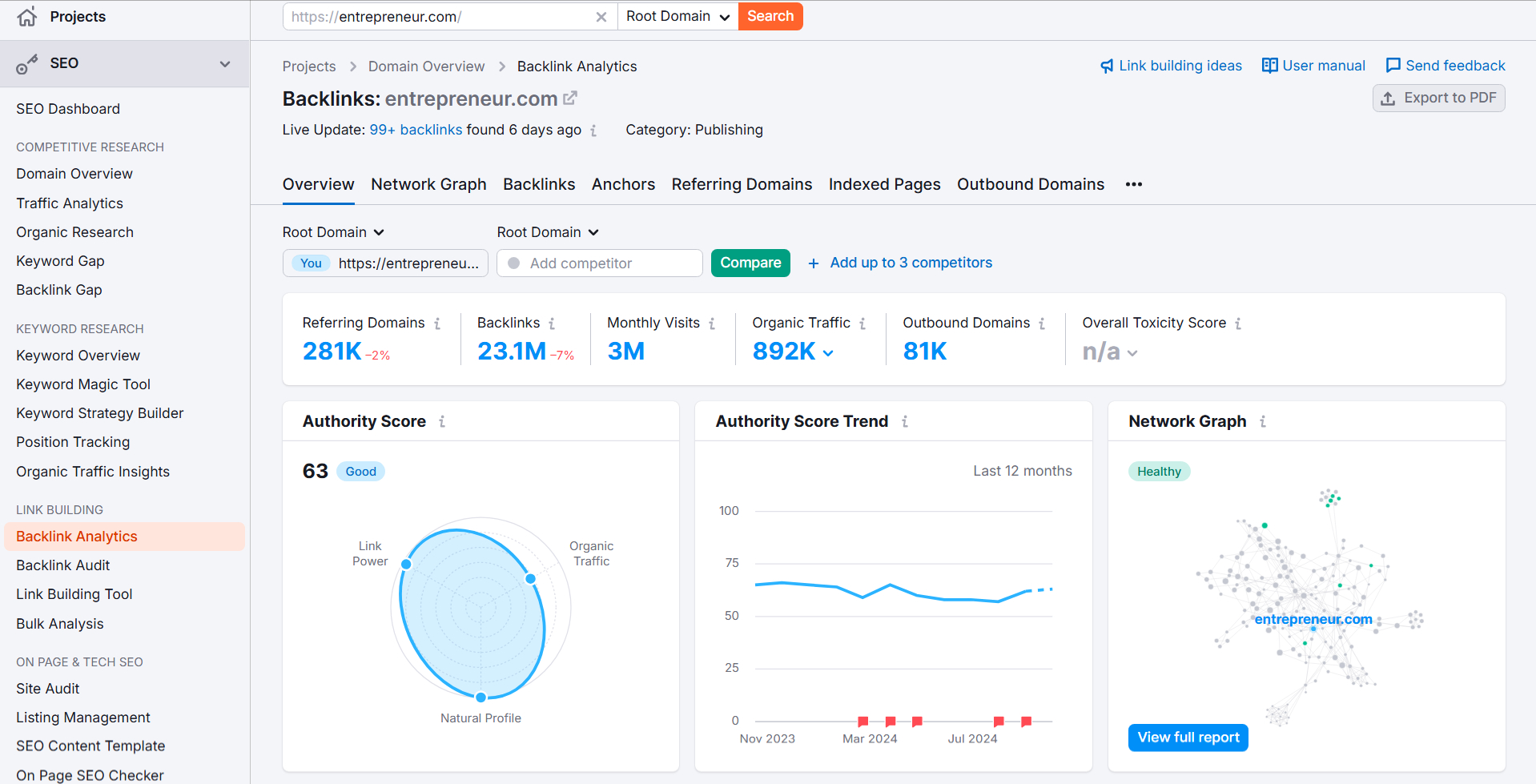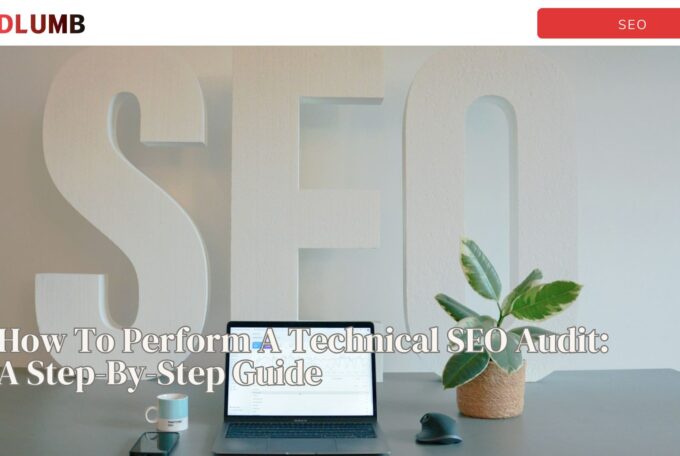Search engine optimization stands as a top priority between digital visibility and obscurity. Businesses without strategic SEO implementation risk losing valuable inbound traffic, regardless of their website’s quality or content value.
Modern SEO demands adapting to diverse disciplines – from technical infrastructure and content development to authority signals and user experience optimization. Each element serves as a critical building block: robust website architecture provides the foundation, strategic content drives engagement, and authoritative backlinks establish marketplace credibility.
[su_list class=”story-highlight”]Key Takeaways
- Effective SEO combines technical infrastructure, quality content, and authoritative backlinks to enhance visibility and maintain a competitive edge in the digital marketplace.
- Prioritizing mobile-first indexing, responsive design, and site speed (Core Web Vitals) is critical for user experience and search rankings.
- Adapting SEO to target local and global audiences with strategies like local citations, Google Business Profiles, and culturally tailored multilingual content boosts geographic relevance and customer engagement.[/su_list]
[su_service title=”How We Can Help?” icon=”icon: info-circle” icon_color=”#000″ size=”20″ class=”InfoBox”]REDLUMB’s expert SEO strategies combine technical optimization, high-quality content, and authoritative backlinks to boost your digital visibility – get in touch with us today to secure your spot at the top of search rankings![/su_service]
Technical SEO Foundation
Technical SEO forms the backbone of effective search engine optimization, ensuring websites are properly structured, accessible, and performant. A solid technical foundation enables search engines to efficiently crawl, index, and rank web pages. To ensure your website is fully optimized for search engines, you can also seek our expert SEO services in the UAE that specialize in both technical and content strategies.
Website Architecture
An effective website architecture organizes pages in a logical hierarchy that helps search engines discover and understand content relationships. Sites should maintain a flat structure where pages are accessible within three to four clicks from the homepage.

This approach helps distribute authority throughout the website and ensures critical pages receive adequate crawl attention. A well-structured site should include clear navigation paths and implement proper internal linking to guide both users and search engines.
Mobile Optimization
With over 60% of organic search visits now coming from mobile devices, mobile optimization has become paramount for search success. Google primarily uses mobile-first indexing, meaning it looks at the mobile version of websites for ranking and indexing. Mobile-friendly sites must feature responsive design, legible text without zooming requirements, and properly spaced touch elements.

Site Speed Optimization
Site speed directly impacts both user experience and search rankings. Google recommends mobile sites load in under one second, while pages taking more than 3 seconds to load can see bounce rates increase by 32%. Core Web Vitals serve as key performance metrics:
- Largest Contentful Paint (LCP): measures loading performance
- Interaction to Next Paint (INP): assesses responsiveness
- Cumulative Layout Shift (CLS): evaluates visual stability
To optimize site speed, businesses should implement image compression, leverage browser caching, and minimize render-blocking resources. Using a Content Delivery Network (CDN) can also significantly improve load times by serving content from servers closest to users.

Content Strategy for SEO
Content strategy serves as the cornerstone of successful search engine optimization, bridging the gap between technical implementation and user engagement. Effective content must align with both search engine requirements and user needs to achieve optimal rankings.
Creating High-Quality Content
High-quality content demonstrates Experience, Expertise, Authoritativeness, and Trustworthiness (E-E-A-T) principles. Search engines prioritize content that provides original information while demonstrating genuine expertise in the subject matter. Quality content should include:
- First-hand domain expertise
- Original research or analysis
- Comprehensive topic coverage
- Clear value proposition for readers
- Accurate information with credible sources
Content Structure and Format
Proper content structure enhances both user experience and search engine crawlability and eventually rewards you with Google traffic. Implementing structured data helps search engines better understand page content and can significantly improve click-through rates. Content should maintain a clear hierarchy with semantic HTML elements and proper heading structure.

Content Distribution Methods
Strategic content distribution amplifies reach and enhances search visibility. Email has proven particularly effective in Digital Marketing strategies, with 87% of B2B marketers citing it as their most successful distribution channel. Social media platforms, especially LinkedIn with its 81% effectiveness rate for B2B content distribution, provide additional channels for content amplification.
Content distribution strategies should focus on three key channels: owned media (websites and blogs), earned media (organic mentions and shares), and paid media (sponsored content and advertising). This multi-channel approach ensures maximum visibility while building authority through diverse exposure points.
Building Authority Through Backlinks
Backlinks serve as digital endorsements that significantly influence a website’s authority in search engine rankings. While technical optimization and content creation form the foundation, backlink building represents the external validation that search engines use to assess a site’s credibility.
Link Building Strategies
Effective link-building requires a strategic approach focused on creating valuable connections. The most successful strategies include:
- Guest posting on relevant industry websites
- Creating linkable assets like original research and infographics
- Broken link building to replace dead links
- Building relationships through professional partnerships
- Leveraging unlinked brand mentions
Quality vs Quantity in Backlinks
The debate between quality and quantity in backlink profiles has shifted decisively toward quality. Studies show that links from high-domain authority websites carry significantly more weight, with links from sites like NYTimes.com having substantially more impact than those from unknown sources. Research indicates that 94% of all online content receives zero backlinks, emphasizing the importance of creating exceptional content that naturally attracts high-quality links.
Monitoring Backlink Health
Regular backlink monitoring ensures the continued strength of a website’s authority. Tools like Semrush and Ahrefs enable webmasters to track new, lost, and potentially harmful links. The monitoring process should focus on evaluating backlinks through multiple parameters, including domain authority, relevance, and link placement within content. When suspicious links are identified, website owners can take prompt action through Google’s disavow tool to maintain their site’s reputation.

Building a robust backlink profile requires consistent effort in both acquiring new quality links and maintaining existing ones. The focus should remain on creating valuable content that naturally attracts authoritative backlinks while regularly auditing the link profile to ensure it remains healthy and beneficial for search engine optimization.
Local and International SEO
Effective search engine optimization extends beyond general website improvements to include specialized strategies for both local and global audiences. Businesses must adapt their SEO approach based on their geographic targeting needs and audience language preferences.
Local Search Optimization

Local search optimization focuses on increasing visibility in specific geographic areas. Studies show that 76% of consumers who search for local businesses on their smartphones visit one within a day. For businesses targeting local markets, leveraging expert SEO services in the UAE can significantly improve your online visibility and attract more regional customers A comprehensive local SEO strategy includes:
- Google Business Profile optimization
- NAP (Name, Address, Phone) consistency across platforms
- Local citation building
- Review generation and management
- Location-specific landing pages
Multi-Language SEO
Multi-language SEO requires careful consideration of content translation and implementation. Research indicates that 65% of buyers prefer purchasing products when content is in their local language.
Successful multi-language optimization depends on proper “hreflang” tag implementation and avoiding machine translations for content creation. Each language version needs dedicated URLs and culturally adapted content that resonates with the target audience.
Geographic Targeting
Geographic targeting helps businesses reach specific regional markets effectively. The implementation requires strategic URL structure choices, with subfolders emerging as the recommended approach for maintaining SEO equity at the root domain. For businesses targeting multiple countries, Google uses various signals to determine regional relevance, including ccTLDs for country-specific domains, local IP hosting, and region-specific backlinks all contribute to establishing geographic authority.
When implementing geographic targeting, businesses must ensure consistent NAP information across all regional variations while maintaining unique, locally relevant content for each market.
Is SEO Really Important In 2025?
Search engine optimization demands a comprehensive approach that combines technical excellence, quality content creation, authority building, and geographic considerations. Modern businesses must prioritize mobile optimization, site speed, and proper website architecture while creating valuable content that demonstrates expertise and authority.
Successful SEO implementation requires consistent monitoring and adaptation to changing search engine requirements. Website owners should focus on building high-quality backlink profiles, maintaining proper technical foundations, and adapting their strategies for both local and international audiences.
Search visibility results from careful attention to each SEO component. Organizations that commit to implementing these proven optimization strategies position themselves for improved rankings, increased organic traffic, and better engagement with their target audience across all geographic locations.





